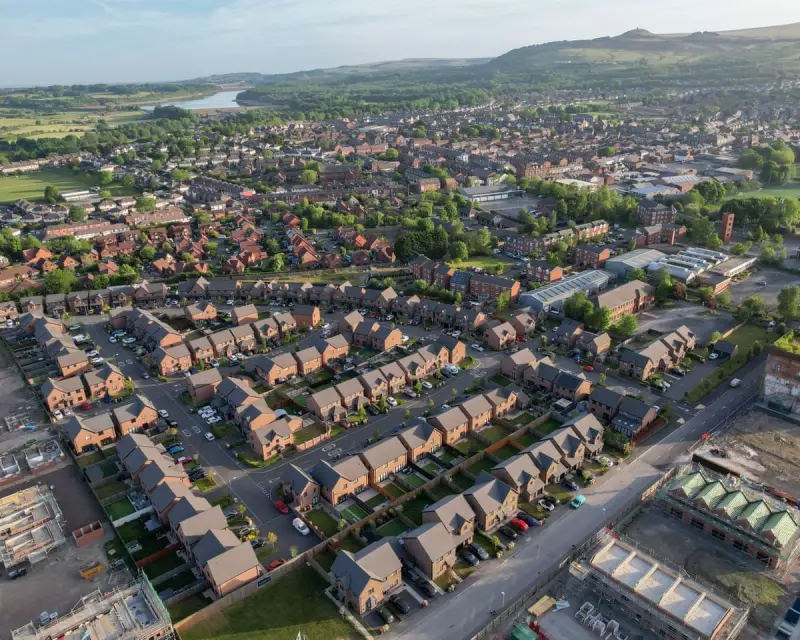
A transformative new analysis has revealed that England is sitting on a potential goldmine of housing opportunity, with enough suitable brownfield land to construct nearly 1.5 million new homes.
The research, conducted by the Campaign to Protect Rural England (CPRE), suggests this vast capacity could provide a significant portion of the government's housing targets, all while prioritising the redevelopment of previously used land over untouched countryside.
Unlocking England's Urban Potential
The findings indicate a staggering 21,000 brownfield sites across the country have been identified as viable for development. This land, often consisting of disused industrial estates, old car parks, and derelict buildings, presents a unique opportunity to regenerate urban areas and combat urban sprawl.
The total capacity of 1.5 million homes represents a 60% increase in suitable sites since the organisation's last comprehensive analysis in 2021. This surge is attributed to more sophisticated data mapping and the identification of smaller, often overlooked plots within existing towns and cities.
A Sustainable Path Forward
CPRE is urging the government and local councils to adopt a 'brownfield first' approach to planning policy. This strategy would mandate that developers prioritise these sites before any consideration is given to building on Green Belt land.
"This isn't just about numbers; it's about a smarter, more sustainable approach to development," a spokesperson for the campaign stated. "We can breathe new life into our towns and cities, provide the homes people desperately need, and protect our precious countryside simultaneously."
Key Benefits of Brownfield Development:
- Protects Green Belt: Shields countryside and agricultural land from unnecessary development.
- Revitalises Communities: Cleans up eyesores and regenerates neglected urban areas.
- Utilises Existing Infrastructure: Often already connected to transport links, utilities, and services.
- Addresses Local Need: Allows for housing growth within existing urban boundaries.
The Challenge of Delivery
Despite the clear potential, the report acknowledges significant hurdles. These include the higher costs associated with decontaminating land, complex ownership issues, and the need for stronger government policy to incentivise development on these sites.
The findings are expected to intensify the debate on the UK's housing strategy, putting pressure on policymakers to harness this identified capacity as a central pillar of their plans to tackle the chronic shortage of homes.





